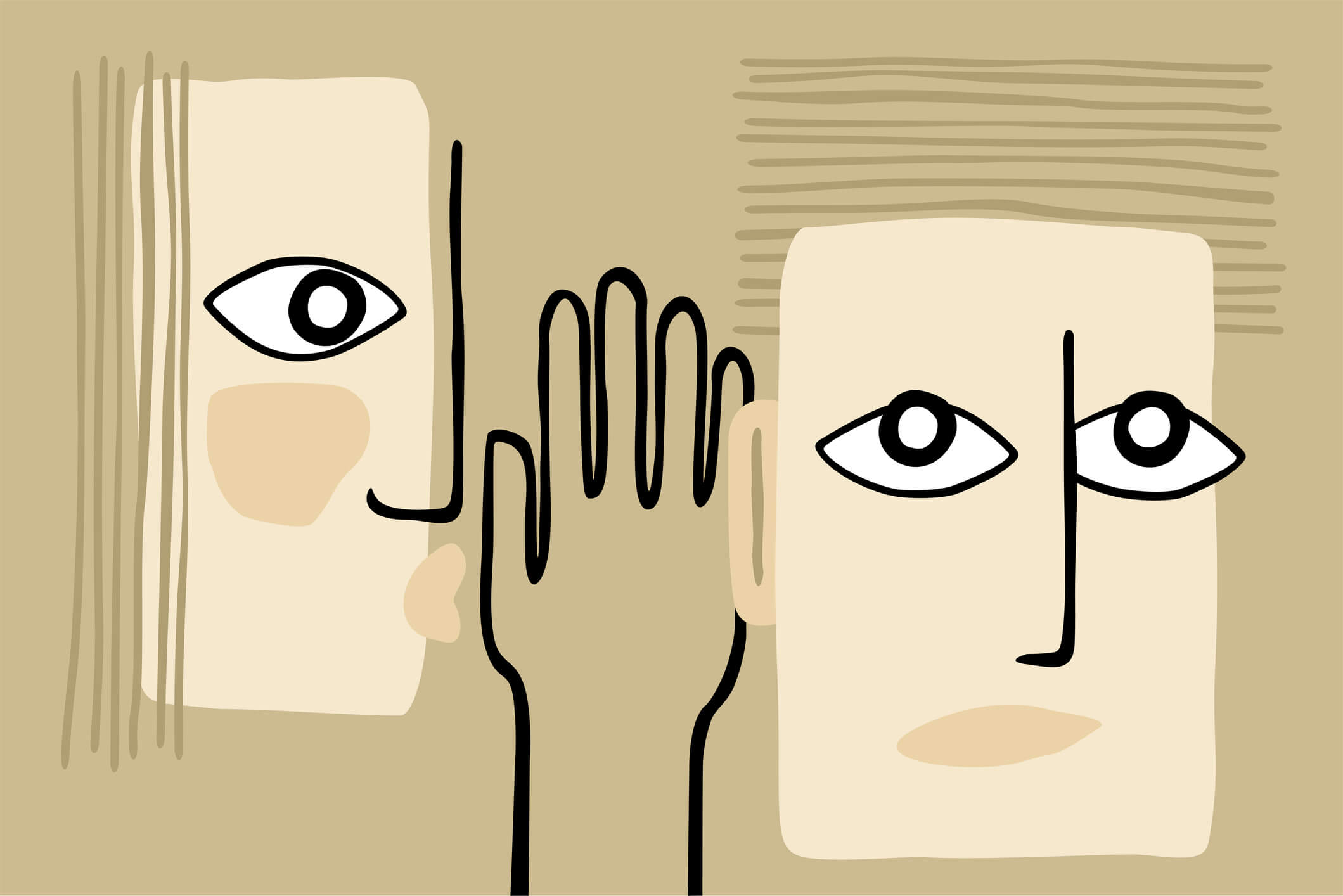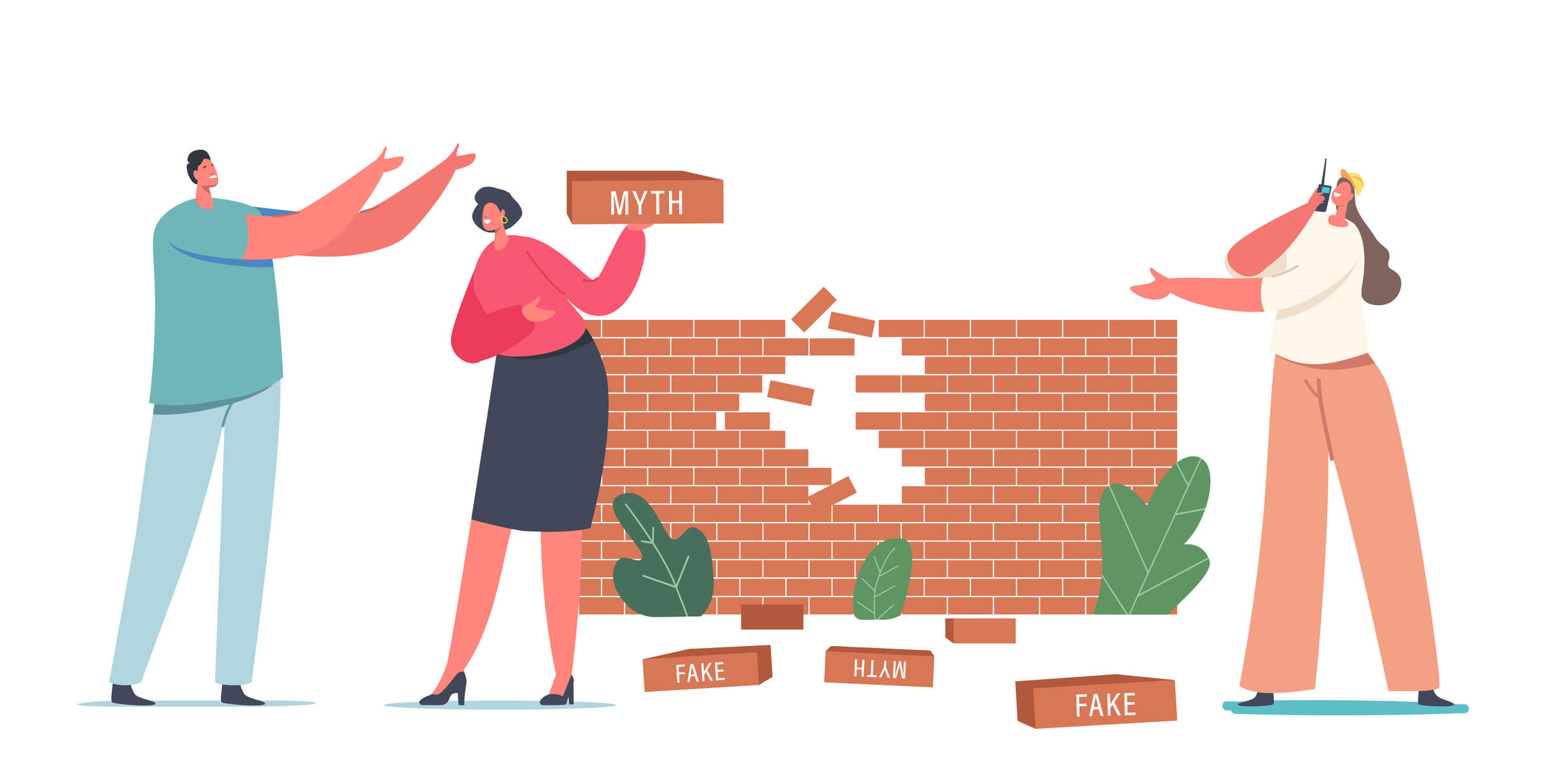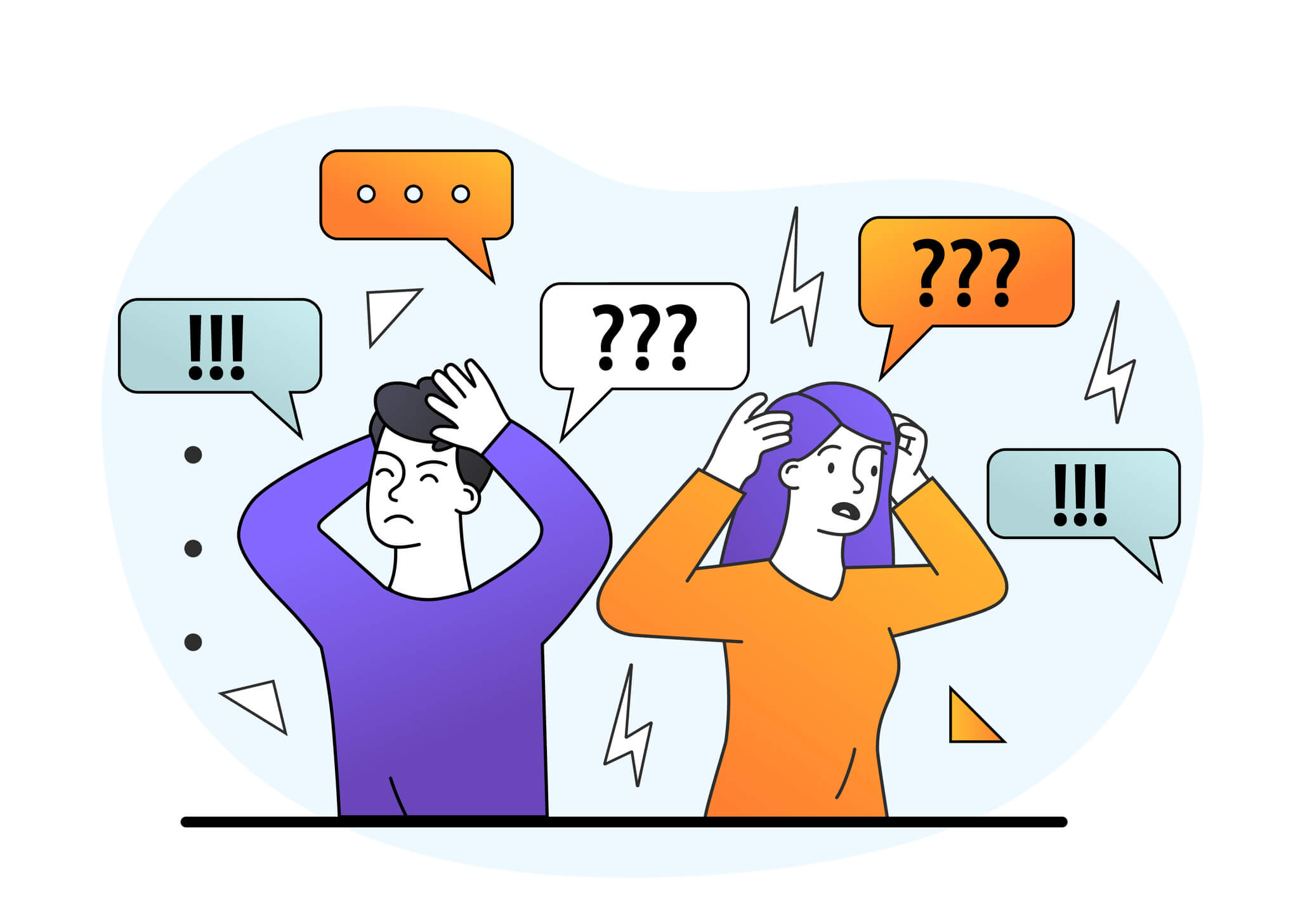Athabasca University experts offer advice to differentiate reliable information from misinformation
With the proliferation of online news sources and social media, most people are exposed to more information than ever before. And with Europe currently experiencing the largest military conflict since the Second World War, there has been a flurry of information, disinformation, and misinformation circulating.
Disinformation and misinformation, while closely related, are distinct. Both refer to information that is not accurate; disinformation is when false information is deliberately spread, while misinformation is false information passed on by someone who believes it to be true.
Dr. Karen Wall, a professor of communications studies at Athabasca University, explained that disinformation/misinformation is an established component of warfare, and it's no different with respect to the current conflict. Russian sources have characterized Ukraine as a natural part of Russia, portrayed the Ukrainian government as genocidal aggressors, and denied its military buildup on Ukraine's borders was the precursor to an invasion.
And the misinformation is not limited to 1 side of the conflict. Ukrainian officials, for example, reported the murders of their officers (such as with the attack on the Snake Island base), while in fact those men were alive and had been captured. Much of the information and misinformation being spread becomes available to anyone in the world with access to the Internet and can easily be misinterpreted or misunderstood.
"Fact checkers around the world have debunked claims made about the conflict. Several Western governments have committed to coordinating their efforts against disinformation," she said. "Social media companies such as Facebook, Instagram, Meta, and Twitter have taken steps to block falsehoods, remove media, and demote Russian state-run media content on newsfeeds."

Wall and her colleague Dr. Michael Lithgow, an associate professor of communication studies, are developing a free, open, online course called Media and Information Literacy in the 21st Century. The course will provide a solid grounding in the critical awareness and thinking about media and information.
"Yes, spotting misinformation is important, and understanding what reliable news and news organizations look like is also critical," he said. "It also means being able to recognize racist or bigoted representations of race, gender, disability, ethnicity, sexual orientation, etc., and also being able to assess whose voices are included and whose voices have been excluded from a mediascape."
While the course is not yet available-it is expected to launch this spring-we asked several AU experts to provide some advice about how to increase your confidence that what you're seeing, hearing, and reading is factual and accurate.
1. Be aware of human error
Dr. Glen Farrelly, an assistant professor of business communication at AU, said the first thing to understand is that not all information, even from legitimate sources, is always correct. Writers can make honest mistakes. Writers may also have conscious and unconscious biases, as do readers. For readers, this can lead us to only read information that conforms to our pre-existing biases.
"We tend to predominantly associate, online and offline, with others who are already like us and thus do not get as exposed to as wide a variety of information as we should," he said. "We need to make an effort to counter this."
Furthermore, humans are emotional creatures, and can sometimes be susceptible to misinformation if it provokes a strong emotional response. So, it helps to consider if someone is trying to use emotion to manipulate us into believing or sharing the problematic content.
2. Understand the type of content and the source of funding
"Consider how the organization is funded, and how that might influence the information they provide," Lithgow said. It's important for a reader to understand if the content in question comes from a news organization, a political group, a think tank, or a corporation-and how it's paid for.
For example, a reader should check if the content they see is paid advertising/sponsored content, or content that's not backed up with money. Content in an advertisement will message the paying advertiser wants to convey, while a news release from a particular political organization will also likely show bias.

3. Pay attention to who is being quoted in a news story
If a news story is making a particular claim, ask yourself who is providing the evidence for those claims. Consider things like race, gender, sexual orientation, and disability. For example, if a news story is about people with disabilities, but nobody with a disability is quoted in the story, ask yourself how credible the source is.
"Consider credentials and expertise, political affiliations of the sources being quoted or authors of the reports being cited," Lithgow said. "Do the sources reflect a diverse range of statuses, personal qualities, and political affiliations? Are the sources close to the story?"
4. Consider what evidence is relied on, and what information may be missing.
More than just paying attention to sources, you should ask yourself what type of evidence the sources are providing. Does the story or article provide any other evidence for those claims, like a document or eye-witness account?
Perhaps there are voices notably left out of the story. If there is missing information, does the writer or content creator acknowledge this?
"For example, if a story about homeless doesn't have any quotes from homeless people or their advocates, what information is being left out?" Lithgow said.
5. Ask yourself how causation is attributed
If a news story or other piece of content identifies or implies a cause-and-effect relationship in its conclusions, it's important for a reader to evaluate for themselves if the conclusion logically follows from the evidence presented in the content.
For example, if an article draws the conclusion that a political leader is universally reviled because of a small sample of online comments, a reader might take that with a grain of salt.
It's possible that there are very different conclusions one could draw from the exact same evidence, or that the author is overemphasizing the cause-and-effect relationship.

6. Corroborate information and fact-check
When considering the above-mentioned points, it's also important to find other reliable sources that report the same information or make similar claims.
"If 2 or more reliable sources are saying the same thing, the likelihood of accuracy increases," Lithgow said.
Likewise, when considering information from a source with an established bias, consider similar information from sources with a competing bias as a way to help identify what may be factually accurate, and what may be misinformation or spin.
There are many valuable fact-checking tools available online:
7. Carefully consider information on social media before sharing
Lithgow noted that while the distinction between online and offline sources is becoming less important as nearly every reputable news outlet has an online presence and most have stringent standards, it is becoming easier for anyone to access mass audiences so the amount of misinformation out there now may be greater than in pre-Internet times.
Farrelly suggests several steps to when it comes to sharing information on social media.
- First, stop to think about the content before sharing it.
- Ask if the source of this information comes from a legitimate news outlet with a history of respectable coverage, or a different kind of organization with a specific agenda, hidden or otherwise. Look for verified account icons on social media platforms, and confirm the account belongs to the organization it claims to represent by double-checking the organization's website for the social media accounts it lists.
- Consider the author or creator's bias. Are they motivated by a particular political or social position? Do they understand the issue they're talking about, and have access to first-hand information about it?
- Double check if something is true using a fact-checking resources like those above.
- When in doubt, don't share. You could be doing more harm than good by sharing something if you haven't verified it's true.
We may not be able to stop the flow of misinformation, but we can do our part by critically considering whether a piece of content is accurate and reliable, and respond accordingly.
Learn more about the business communications courses and communications studies courses at Athabasca University.